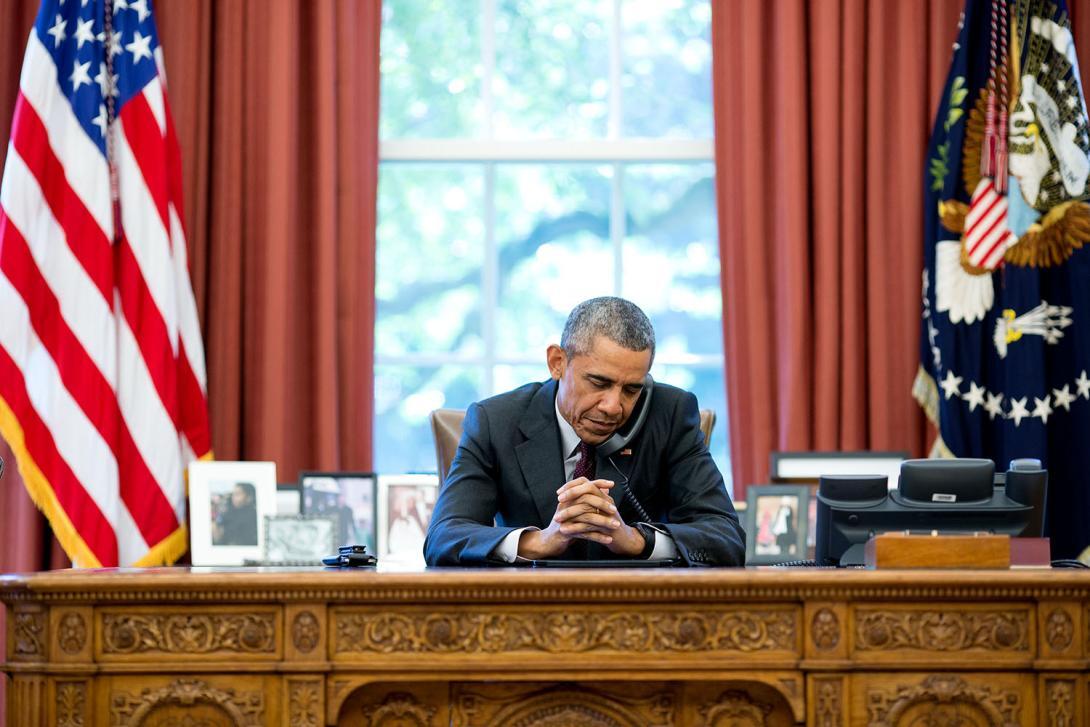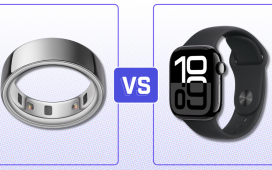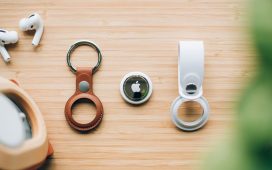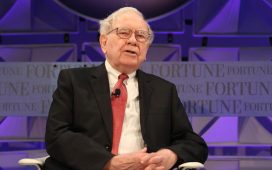The US president was having dinner with the CEO of Apple when he turned to the tech giant’s top executive and asked him what it would take for Apple to move the manufacturing of the iPhone from China to the United States. According to the New York Times, Apple’s CEO said, “Those jobs aren’t coming back.” The newspaper added that “Made in the U.S.A. is no longer a viable option for most Apple products.”
US manufacturing might not be flexible enough to support building the iPhone in the States


11 years before President Trump asked Tim Cook about building the iPhone in the US, President Obama asked Steve Jobs the same thing. | Image credit-Barack Obama Library
As the story goes, a foreman at the Chinese manufacturing facility woke up 8,000 workers in the factory’s dormitories. Each assembly line worker was given a biscuit and a cup of tea and guided to a workstation. Within 30 minutes, a 12-hour shift started that had these workers placing glass displays into beveled frames. After four days, this plant was producing more than 10,000 iPhone units a day. The Apple executive telling the story said, “The speed and flexibility is breathtaking. There’s no American plant that can match that.”
There is evidence that the desire of both presidents to have the iPhone built in the US is a nostalgic dream not grounded in any semblance of realism. A 2024 survey conducted by the Cato Institute and YouGov had 80% of the respondents saying that America would be better off if more people worked on an assembly line. But only 25% of those answering the survey said that they would take such a job. These are low-paying, boring jobs with few benefits.
A good example of this is Apple’s continued reliance on TSMC to produce its semiconductors. After all, no one makes these parts as well as this company in Taiwan can. Hart also goes off on a rant about US workers versus the Chinese workforce. He says that the latter are more disciplined, in better shape, and are less likely to be drugged and unable to work.
Chinese workers are much less likely to physically attack each other and their manager. They don’t take 30-minute bathroom breaks on company time. They don’t often quit because their out-of-state mother of their children discovered their new job and now receives 60% of their wages as child support. They don’t disappear because they’ve gone on meth benders. And they don’t fall asleep on a box midshift because their pay from yesterday got converted into pills.”
-Molson Hart, founder, Viahart
For those who have said that the tariffs announced by President Trump were too high, Hart stunningly said that the current tariffs imposed by the president won’t work because they are not high enough. He gives a simplified example of how a 54% tariff would impact iPhone pricing. Before the tariffs:
- Apple bought iPhones it designed for $100
- Apple sold iPhones for $200 to stores
- Stores sold iPhones to you and me for $400
After the 54^ tariffs, pricing went like this:
- Apple bought iPhones for $154 ($100 + $54 in import taxes)
- Apple sells those iPhones for $308 (double what it paid)
- Stores sell those iPhones to you and me for $616 (double what they paid)
The tariffs imposed by President Trump are too low to bring manufacturing back to America says toy executive
The reason why Hart says that tariffs aren’t high enough is that manufacturing and the supply chain are so bad in the US that making the iPhone in an American facility without the 54% tariff would cost more than making it in China with the 54% tariff. As a result, “both Apple and consumers would prefer it be made there, so it will, and not in the USA.”








